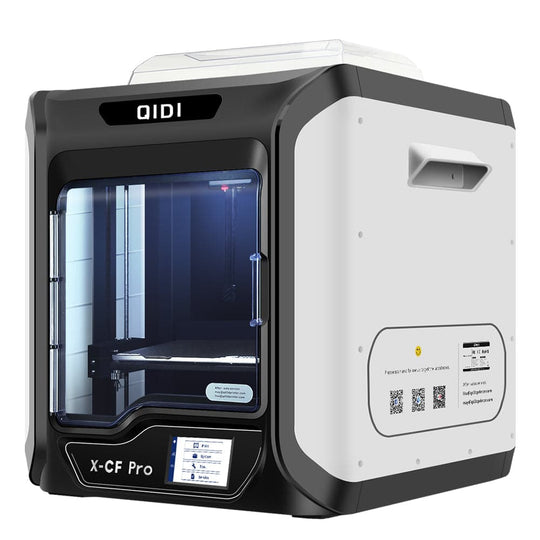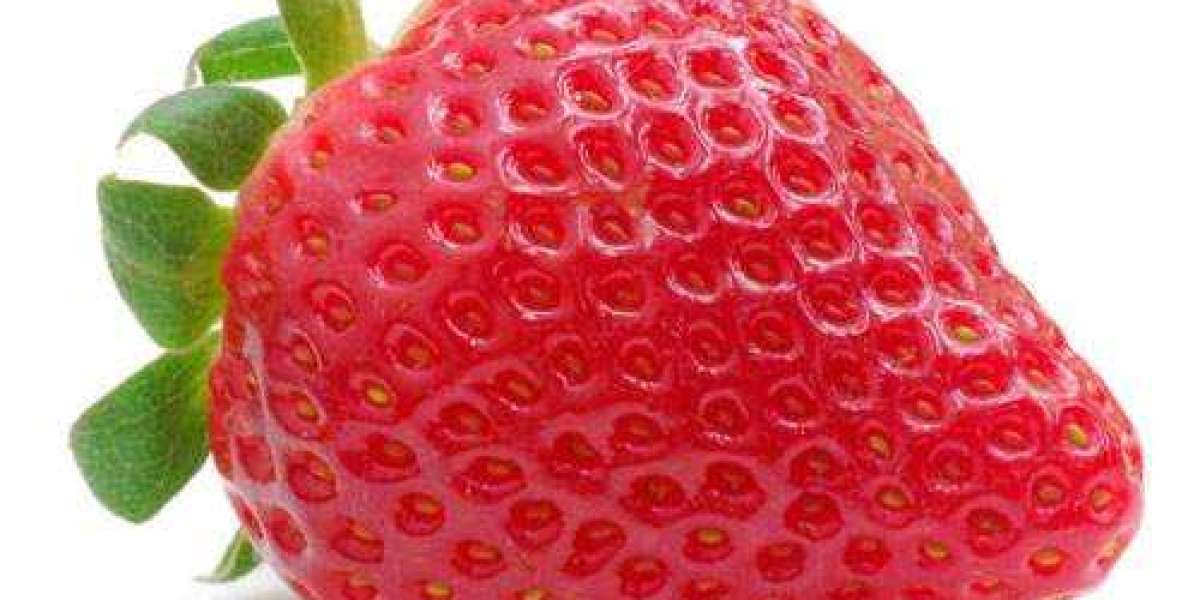Fused Deposition Modeling (FDM) printing has come a long way since its inception. As one of the most accessible and widely used 3D printing technologies, FDM has seen significant advancements that have revolutionized its applications and capabilities. This article delves into the latest technology and innovations in FDM printing, providing a comprehensive overview of how this field has evolved and what the future holds.

The Evolution of FDM Printing: Latest Technology and Innovations
The journey of FDM printing began with the development of basic extrusion-based systems. Over the years, these systems have undergone numerous enhancements, leading to more precise, efficient, and versatile machines. The evolution of FDM printing is marked by several key innovations that have expanded its potential across various industries.
Enhanced Material Capabilities
One of the most significant advancements in FDM printing is the development of new materials. Initially limited to basic thermoplastics like PLA and ABS, FDM printers can now work with a diverse range of materials, including composites, flexible filaments, and high-performance polymers. These materials offer improved mechanical properties, heat resistance, and flexibility, making FDM printing suitable for more demanding applications.
For instance, carbon fiber-reinforced filaments provide enhanced strength and stiffness, making them ideal for producing lightweight yet robust components. Similarly, flexible filaments like TPU enable the creation of elastic parts, expanding the scope of FDM printing to include wearable devices and soft robotics.
Multi-Material and Multi-Color Printing
Another notable innovation in FDM printing is the ability to print with multiple materials and colors simultaneously. This advancement has been made possible through the development of dual and multi-extruder systems. These systems allow for the combination of different materials in a single print, enabling the creation of complex, multi-functional objects.
For example, a single print can now incorporate both rigid and flexible sections, or combine conductive and insulating materials, paving the way for more integrated and functional designs. Multi-color printing also enhances the aesthetic appeal of printed objects, making FDM printing more attractive for artistic and consumer applications.
Improved Print Quality and Speed
Print quality and speed have always been critical factors in FDM printing. Recent innovations have significantly improved both aspects. Advanced motion control systems, better cooling mechanisms, and refined extrusion technologies have all contributed to higher resolution prints with smoother surfaces and finer details.
Additionally, the introduction of faster printing techniques, such as high-speed extrusion and continuous printing, has reduced print times without compromising quality. These improvements make FDM printing more efficient and practical for both prototyping and production purposes.
Smart and Connected Features
The integration of smart and connected features is another exciting development in the realm of FDM printing. Modern FDM printers often come equipped with Wi-Fi connectivity, cloud-based printing, and remote monitoring capabilities. These features allow users to control and monitor their prints from anywhere, enhancing convenience and productivity.
Moreover, advanced software solutions offer automated calibration, error detection, and print optimization, making FDM printing more user-friendly and reliable. These smart features are particularly beneficial for industrial applications, where precision and consistency are paramount.
Conclusion
The evolution of FDM printing has been marked by continuous innovation and technological advancements. From enhanced material capabilities to multi-material printing, improved print quality, and smart features, FDM printing has transformed into a versatile and powerful tool. As the technology continues to evolve, we can expect even more groundbreaking developments that will further expand the possibilities of FDM printing.
Whether you are a hobbyist, an engineer, or a designer, staying updated with the latest trends and innovations in FDM printing is essential. The future of FDM printing is bright, and its potential is limited only by our imagination.








